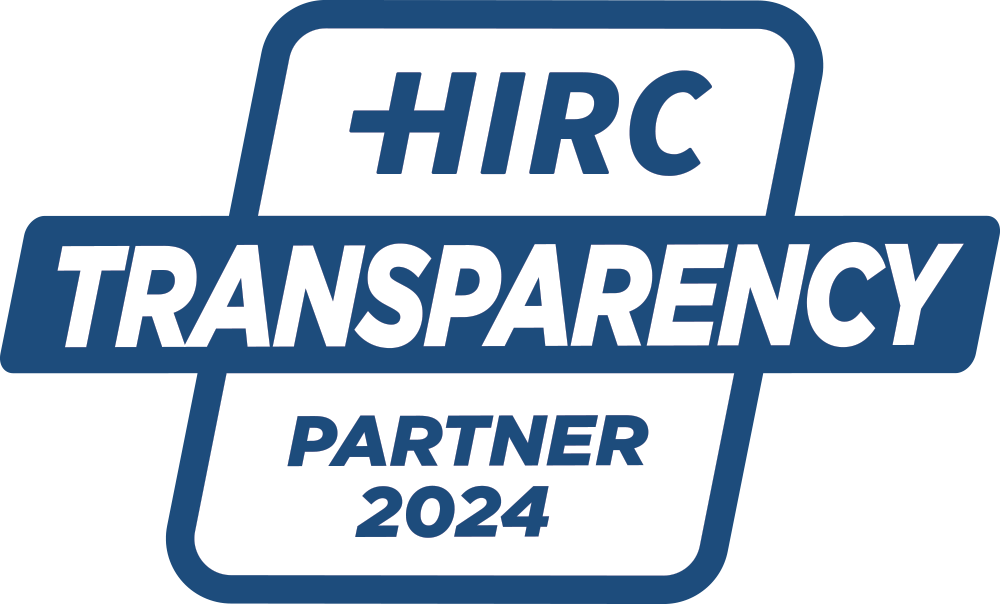Reprocessing does not yield massive savings for an EP lab or a hospital simply because it is contracted with a reprocessor. The reprocessing program must be carefully planned and continuously managed. Its success depends on three things: That all devices that can be reprocessed are included in the program; that devices are carefully and diligently collected; and that whenever a reprocessed device can be used in a procedure, it has priority. The difference between a well-run reprocessing program and one that is limping along is 100s of thousands of dollars per year.
Optimizing an EP reprocessing program is not a transactional, logistical task, it is a collaborative, organizational task. For a program to be successful, it must have sponsors in hospital management and include participation from both clinicians, technologists, supply chain and lab management. The reprocessing program must be tailored to the lab and its execution must be data-driven. This means the reprocessor must know about past utilization patterns, national average device prices, rejection and buy-back rates, par levels, and device configurations by case type. Data should drive the ongoing management of the specialty reprocessing program, so that managers and stakeholders at and around the EP lab constantly have visibility to the results and trends of the reprocessing program.
A successful reprocessing program involves deep understanding of the market dynamics that drive the development of new technologies, new product launches, competitive developments and device usage – and the knowledge to respond effectively. An effective reprocessing partner will boost your reprocessing savings program by providing operational, clinical and technical/engineering support to ensure that you can make the right decisions about the use of new and reprocessed technology.




